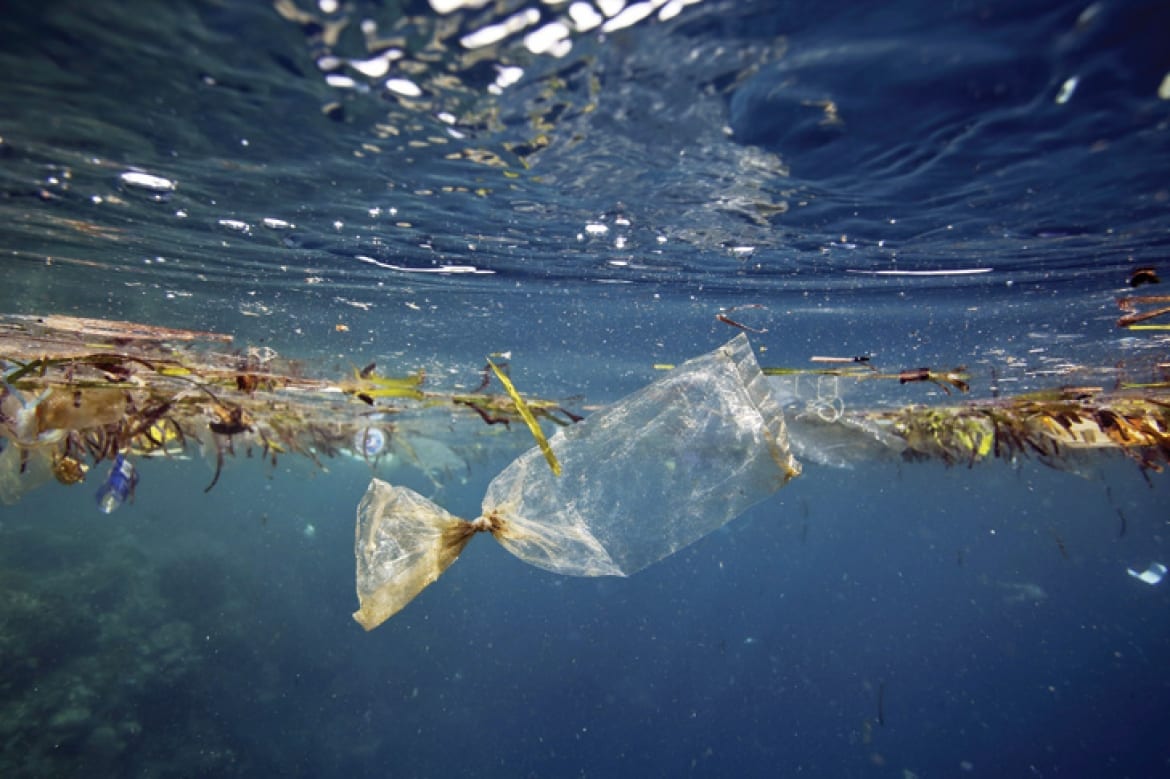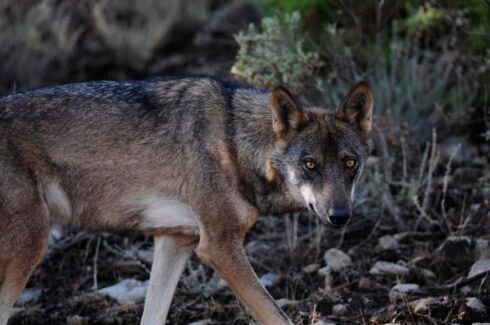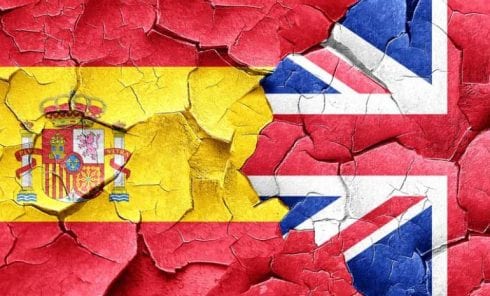PLASTIC contaminates every blade of seagrass a study of ocean habitats has found.
The study carried out in the Orkney seagrass beds found that every blade of seagrass examined had microplastic flakes, fibres or fragments sticking to it.
Seagrass performs many important functions such as creating habitats for other species, protecting small fish from predators along with feeding many marine creatures.
Orkney’s seagrass beds were measured for the presence of microplastics by taking samples of seagrass and of the small creatures that live on the blades, like sea snails and worms, as well as sediment from the seabed.
The water above the seagrass bed contained more than twice the average amount of microplastics found in bare sediment containing no grass.
While the average number of microplastics found in the sea snails and other grazing creatures matched the number found on the seagrass blades.
Suggesting that seagrass grazers may be exposed to more microplastics than organisms living in the sediment.
This microplastic pollution is now common in marine environments, especially those vulnerable to high pollution such as rivers and estuaries.
A follow up study will look at this issue of microplastic pollution on a larger scale as ‘the impact of microplastics on marine creatures and environments isn’t fully understood’.
Angela Capper, co-author of the study published in Marine Pollution Bulletin, went on to say:“It is concerning, however, that such a sensitive habitat is sequestering such high concentrations of microplastics. The species that live in seagrass beds, and in particular the larval and juvenile fish, will be vulnerable to any negative impacts associated with microplastics”.
The study was undertaken as an MSc project within Heriot-Watt’s MSc in Marine Science by Dr Angela Capper, Dr Mark Hartl, Dr Mike Bell and MSc student Katherine Jones.
This comes after the Costa del Sol has also seen a widespread increase of plastic on its beaches and in the sea, with Malaga one of the worst offenders.
Click here to read more Spain News from The Olive Press.








